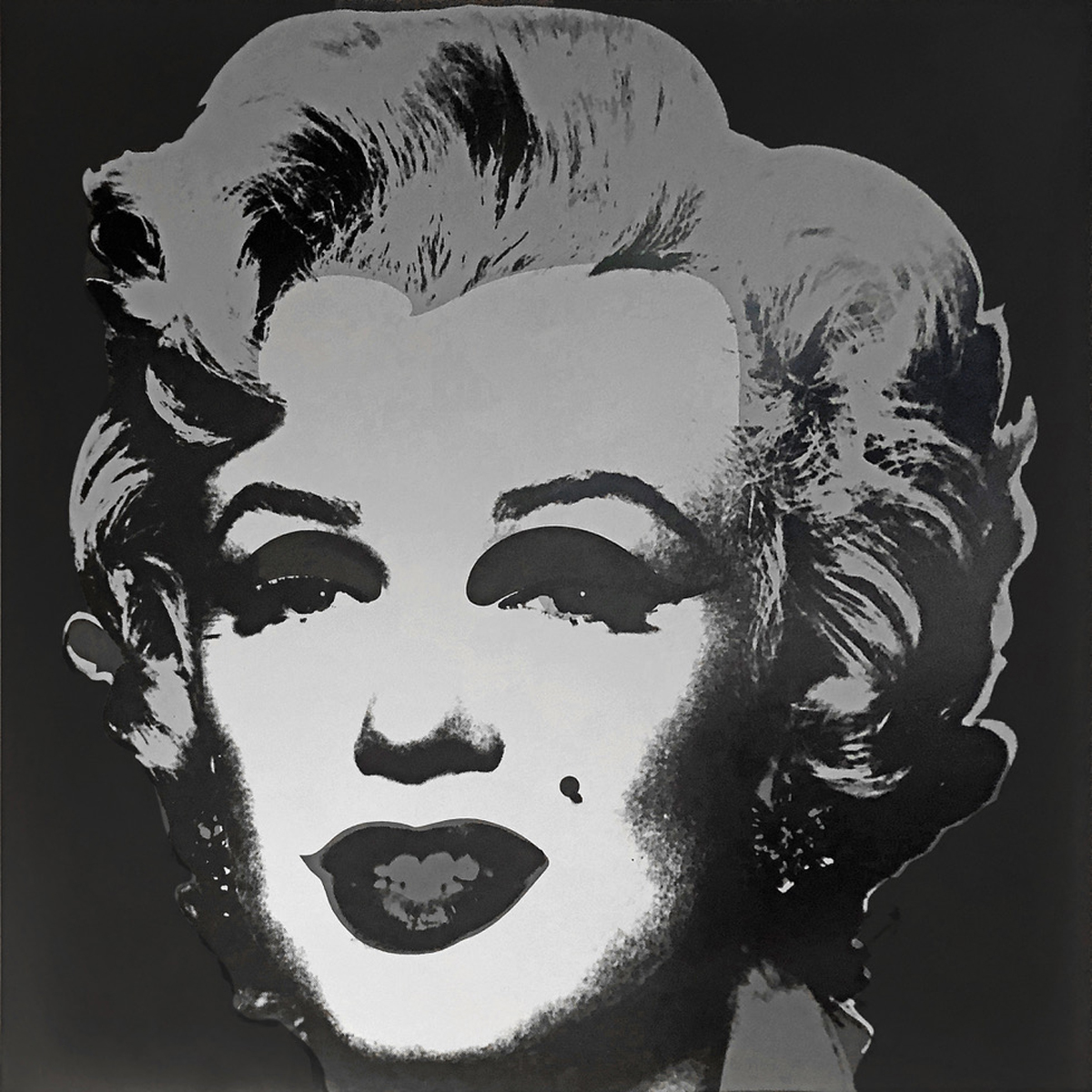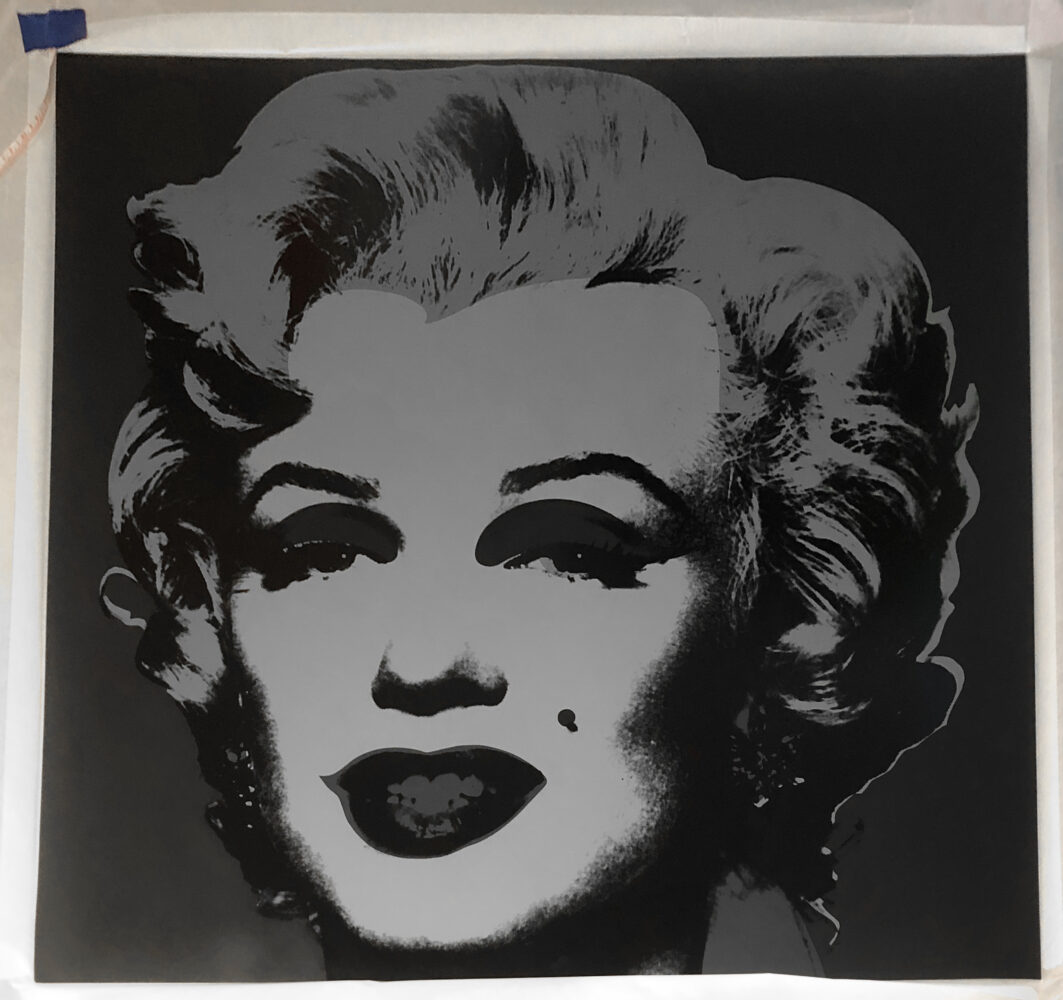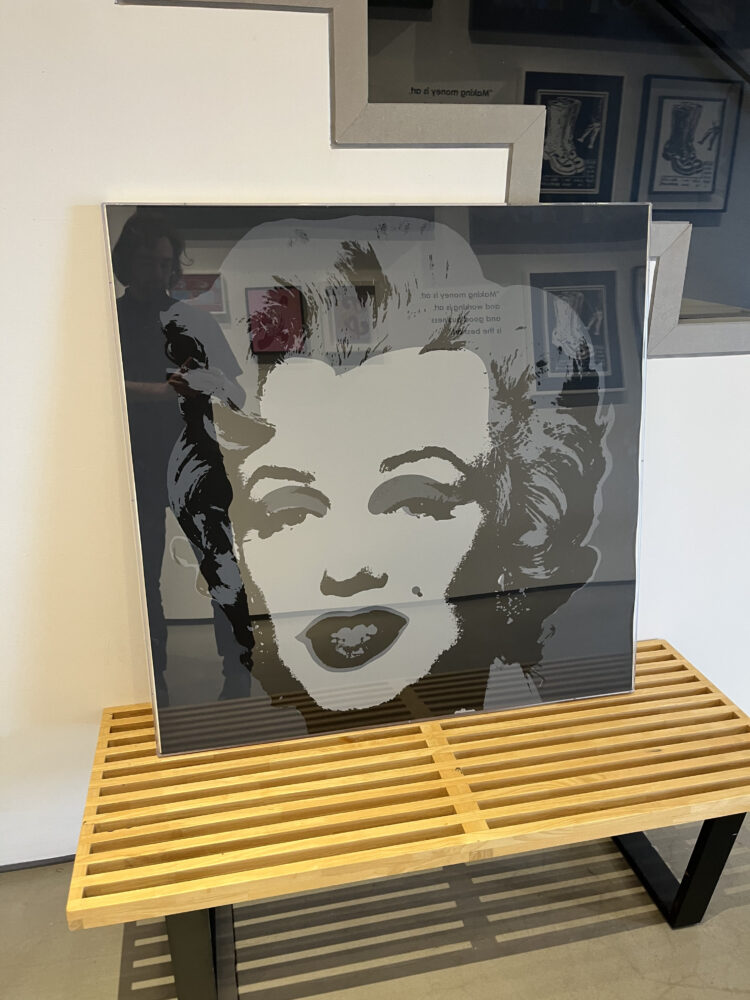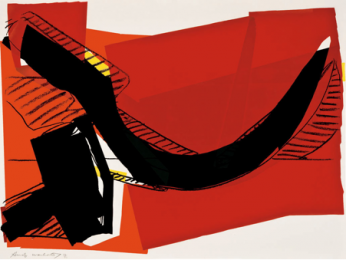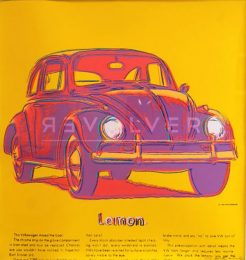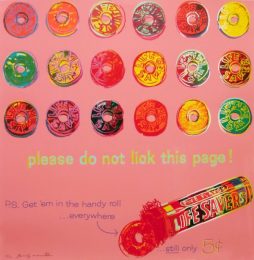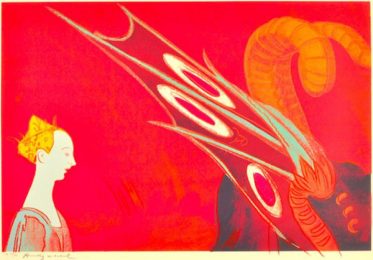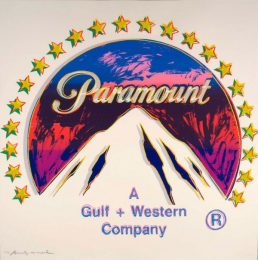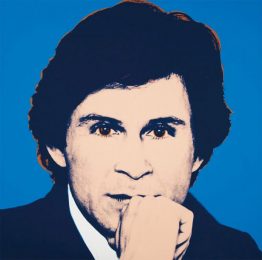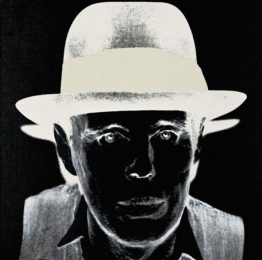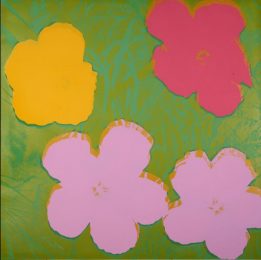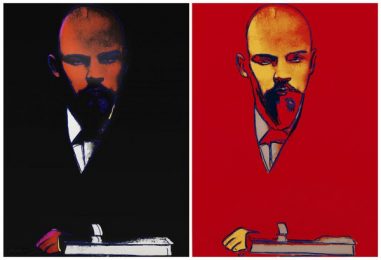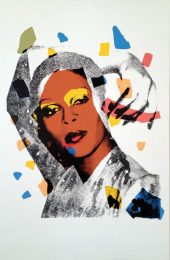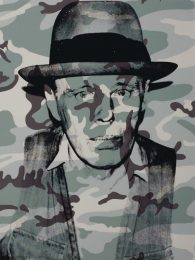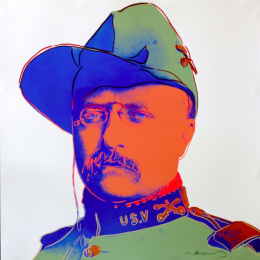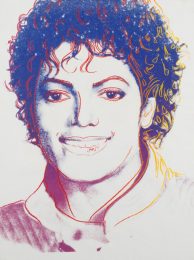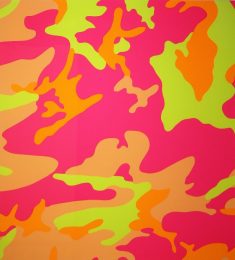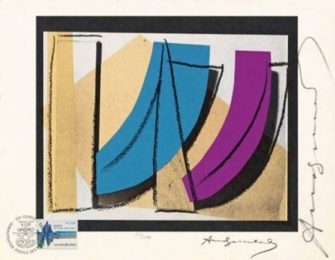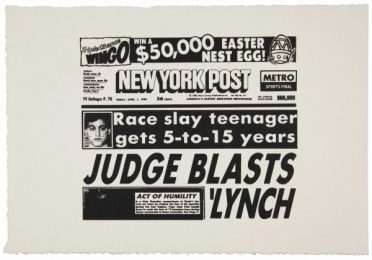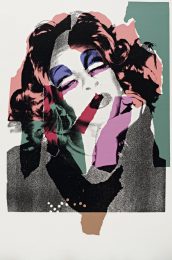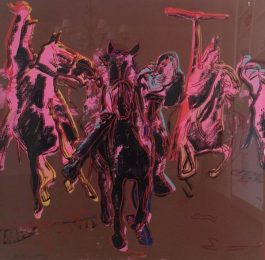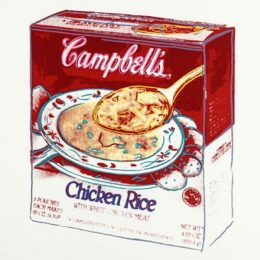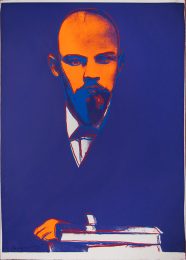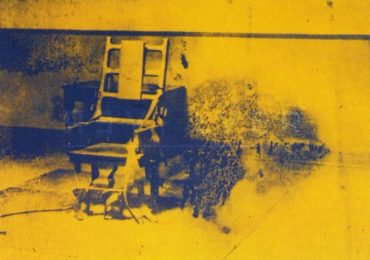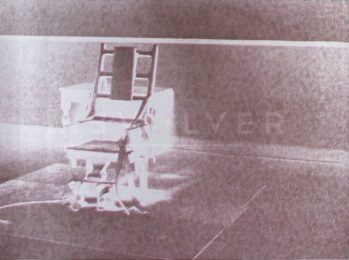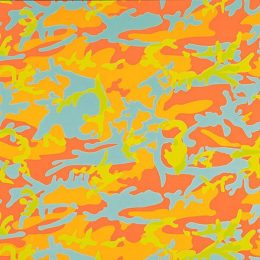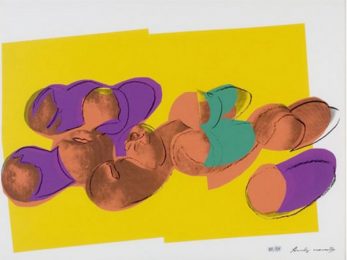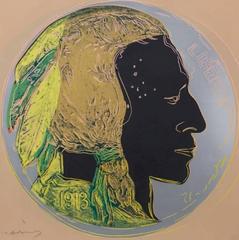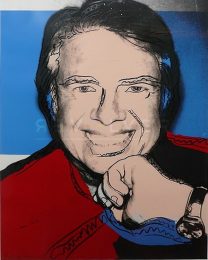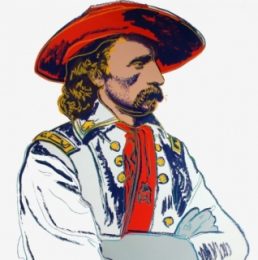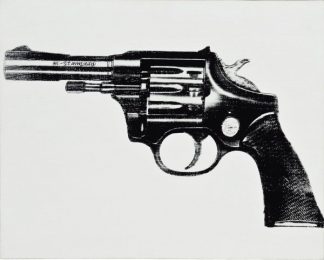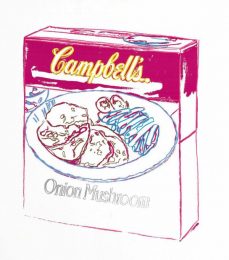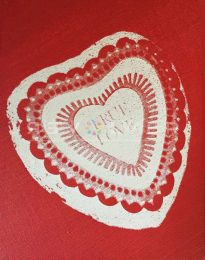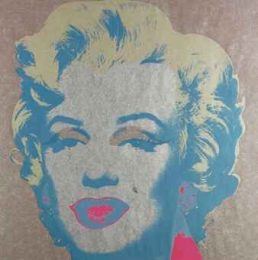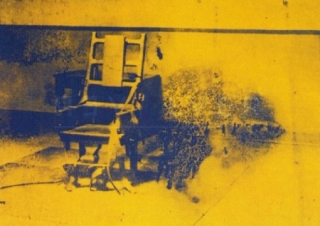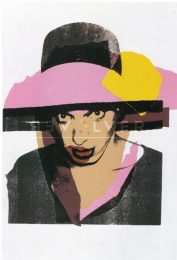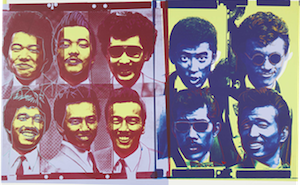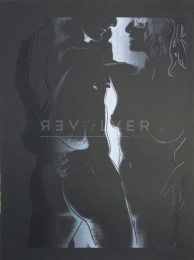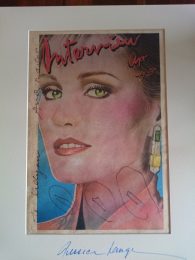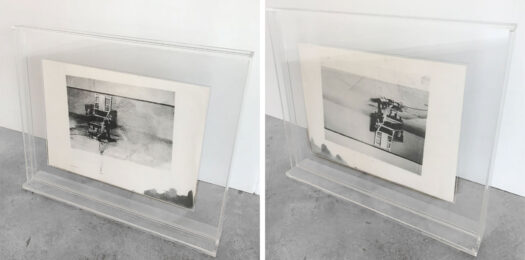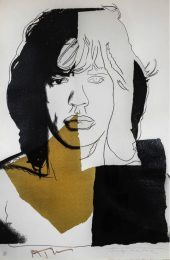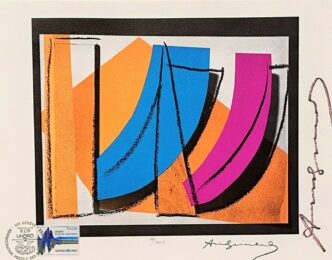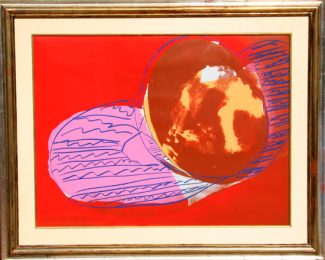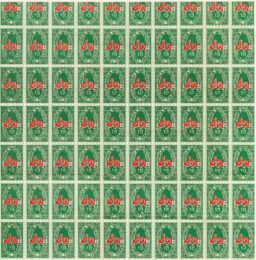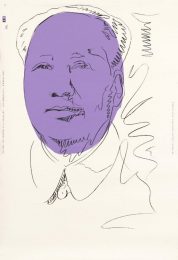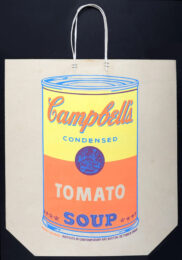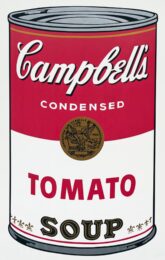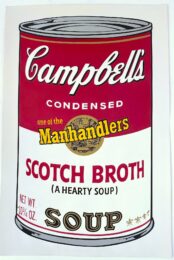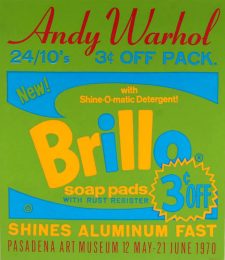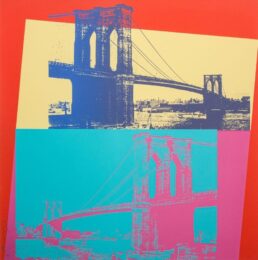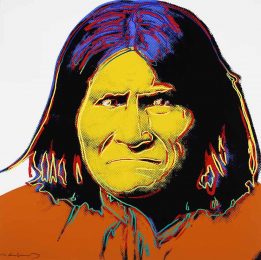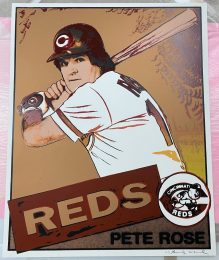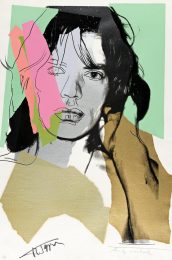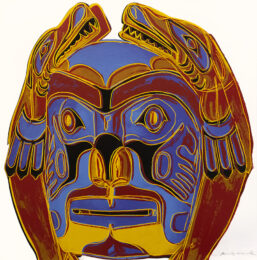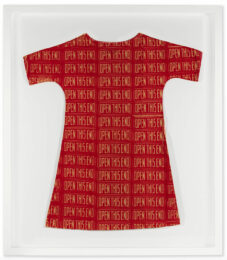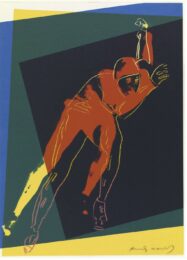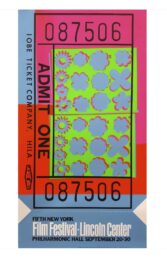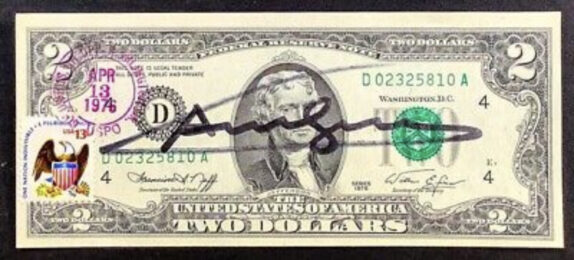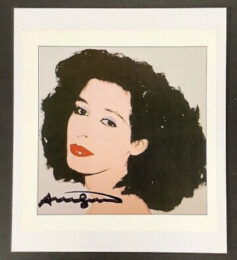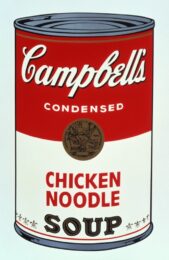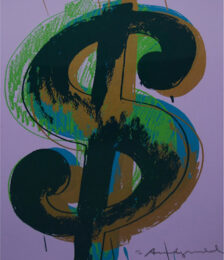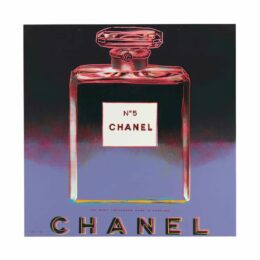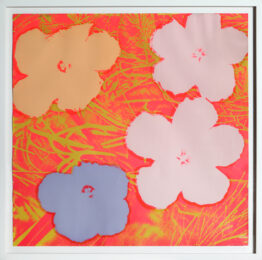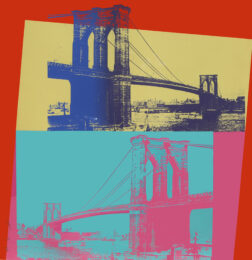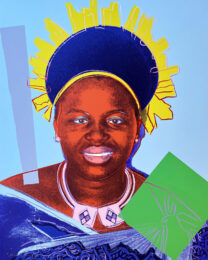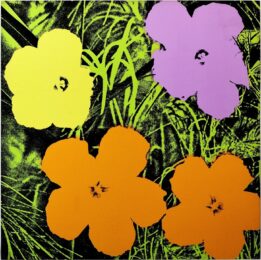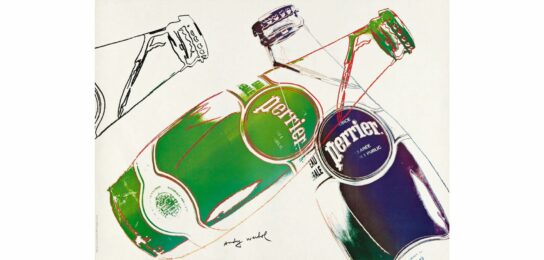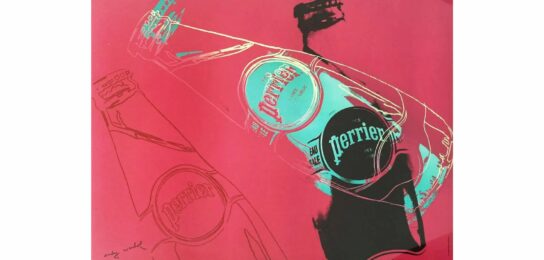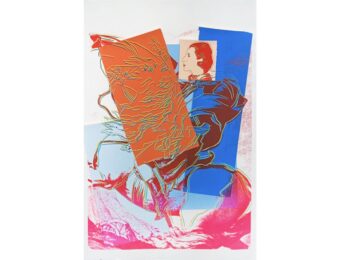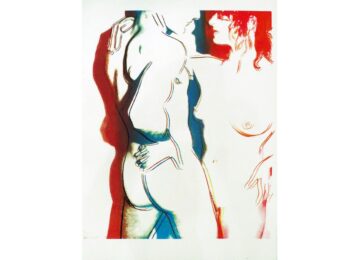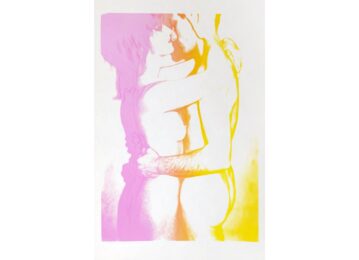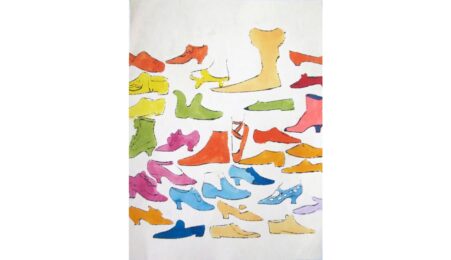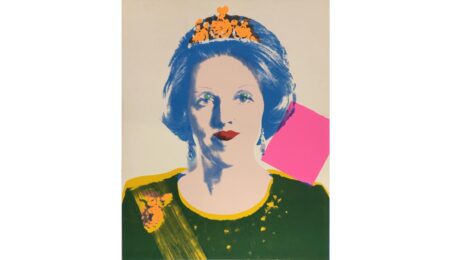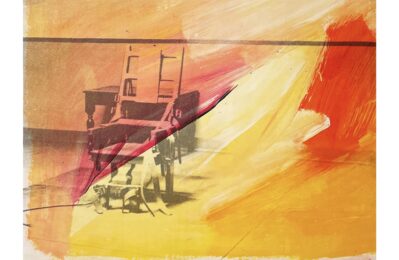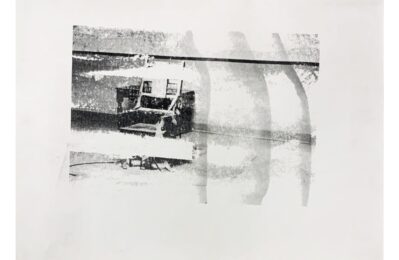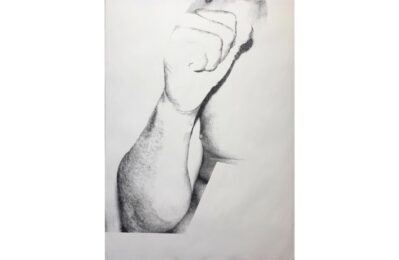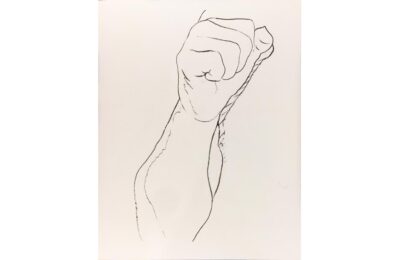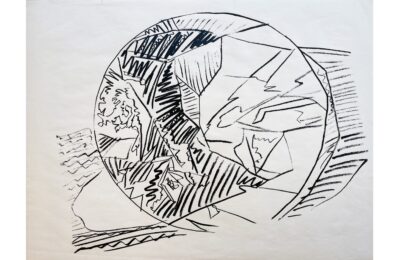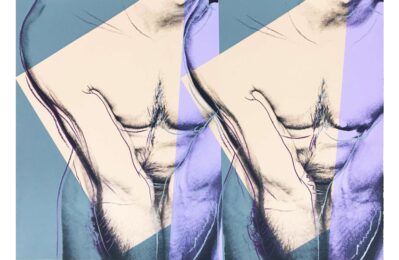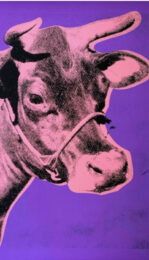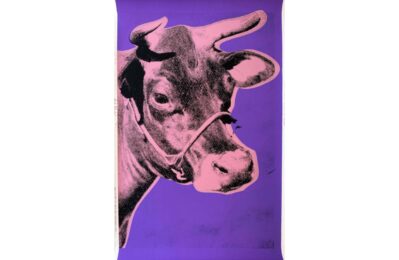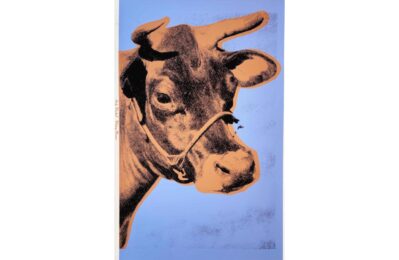Details — Click to read
Marilyn Monroe 24 is a screen print by Andy Warhol included in his Marilyn portfolio from 1967. Warhol’s Marilyn Monroe artworks are some of his most successful creations. They showcase the movie star as the quintessential celebrity. The Marilyn series exemplified the King of Pop Art’s genre-defining style. With these artworks, Warhol scaled the heights of the new art movement and secured his legacy.
This artwork is also referred to as the black and white Marilyn, or sometimes the black Marilyn. The greyscale color scheme gives the portrait of the starlet a haunting aspect. As such, it stands out from among the more colorful works in the portfolio. The series is comprised of identical images of Marilyn, though each varies in palette and mood, achieved through Andy’s famous color-blocking technique. Marilyn Monroe 24 is perhaps the most brooding rendition, capturing the darkness behind the Queen of Glamour’s polished, “filmified” facade. This version captures the truth of her life, to which there was a much more somber story than meets the eye.
Andy’s Marilyn Monroe portfolio speaks to several of his most evident and enduring fascinations seen throughout his oeuvre, including repetition. All of his Marilyn artworks were based on a photograph taken by Gene Korman in 1953 as a publicity shot for Marilyn’s film Niagara. The decision to reuse the same photograph for all of his recurring Marilyn creations sparked controversy among the art world as it also highlighted the question of artistic appropriation, another one of Warhol’s fixations. His adoption of universally recognizable symbols for the foundation of his own art attracted a greater notoriety and profit, raising lasting questions about an artist’s ability to retain their integrity while also appropriating the art of others. Nevertheless, the Marilyn series has stood the test of time as one of Warhol’s greatest accomplishments.
Monroe’s tragic suicide was the onset of Andy’s peak in curiosity of the Silver Screen Goddess. In the weeks following her death in 1962, Warhol was first inspired to memorialize the actress in a Popified style. He created Marilyn Diptych, which presents the actress in fifty different images, in a variety of fading colors on one panel and in black and white on the other. Warhol’s obsession with Marilyn Monroe recognized her as the intersection of all of his obsessions: American fame, beauty, and death. For him, Hollywood’s Darling was the perfect muse.
Spider-Man’s spider senses had nothing on Andy Warhol’s sensitivity to American tastes. The modern art master’s instinctive radar allowed him to anticipate and respond with uncanny precision to the ever-shifting cultural landscape with relevant artworks. Coming from a working-class Carpatho-Rusyn immigrant family informed Warhol’s keen awareness of Americana infused with everyday products. American consumerism and the power of recognizable, attractive packaging–from Campbell’s Soup to Brillo Boxes—fascinated Warhol. In the post-war economy, industrialism made larger volumes of brand-name products accessible to a multitude of buying consumers, resulting in a massive increase in the advertising industry.
Warhol likened the hypervisibility of household brands and products to the exponentially increasing visibility of the celebrity and employed the popularity of these identities both as a commentary on consumerism and a built-in marketing tactic for many of his works. From this, the inspiration for some of his finest celebrity portraits sprung: Liz Taylor, Mick Jagger, Marilyn Monroe, of course, and even Mao Zedong. Andy’s comparison signified the beginning of an evolution of society’s perception of identity, equating the familiar images, names, personalities, and films with a “brand” and making personas just as marketable as a Mars Bar. And becoming more of a cultural enigma himself, it made Andy Warhol not only a magician with his paintbrushes, but something of a mystic capable of predicting and appropriating Pop culture trends far before their time.
Thus, in the Marilyn series, Warhol presents not an individual, but an idea. Marilyn’s own evolution from small-town girl to the poster girl of American beauty and achievement was not simply a spellbinding story of a supernova’s journey to success, but rather a marketable example of the “American Dream.” Her acting career, which propelled her into “sex-symbol” status in the 1950s, made her a commodity to the public; a luxury that consumers wanted to purchase whether in the form of a movie ticket or in a wild pursuit to obtain her beauty, talent, and lifestyle. Marilyn Monroe, too, became a subject of Andy Warhol’s consumption, the perfect puzzle piece to fit into his artistic philosophy of mass production and consumer culture.
Warhol’s Marilyn images are some of his most famous works of art, selling at top dollar and known as the epitome of Warholism and Pop Art. The Marilyn Monroe series stands as a prime example of the “more is more” philosophy, showcasing Warhol’s maximalist tastes and ability to create an “icon out of an icon”. With Marilyn Monroe 24, Warhol effectively doubles the Holywood star’s legacy as a staple of entertainment and visual art.

